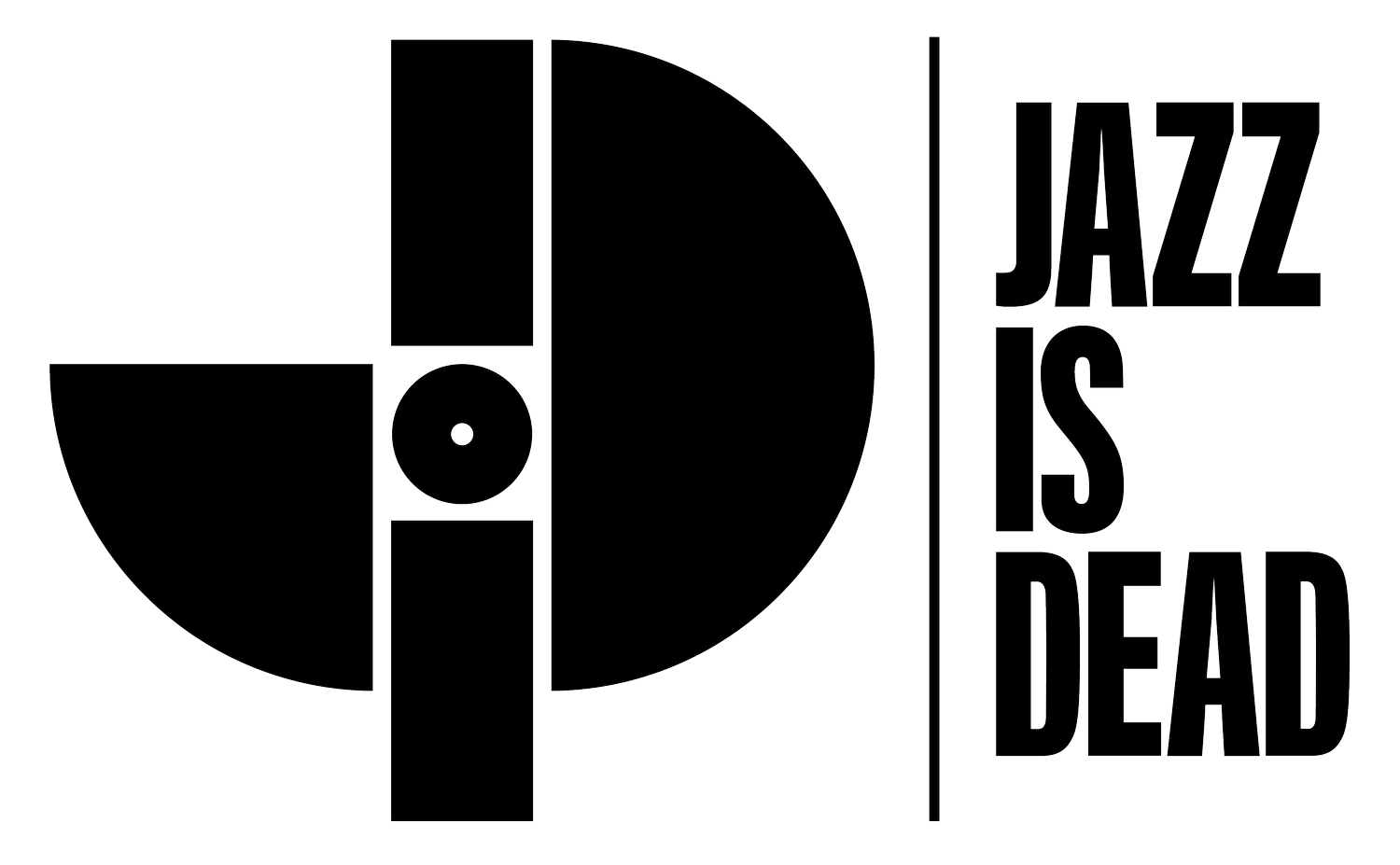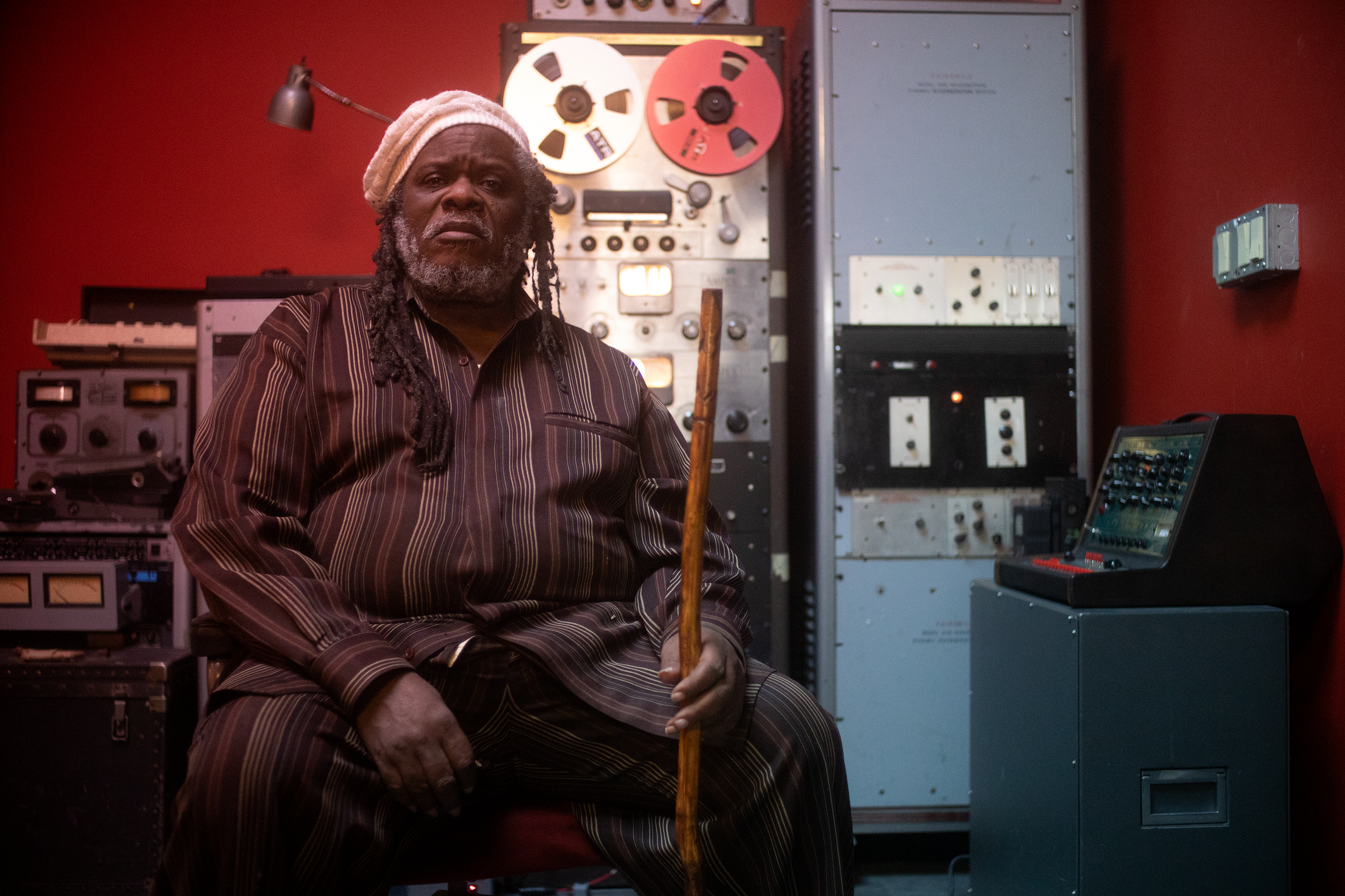THE LINEAGE HIDDEN IN THE GROOVE
The Maestros Behind the Breaks
Before Jazz Is Dead became a label, a brand, or a movement, it was a map. A secret cartography of sound. For Adrian Younge and Ali Shaheed Muhammad, the road to the maestros began not in the studio but in the headphones of their youth: those late-night excavations through dusty vinyl, where every sample was a clue pointing to a deeper lineage.
Ali Shaheed Muhammad in his element
Hip hop was their first teacher. A Tribe Called Quest, in particular, was a compass. When Ali, as a member of ATCQ, chopped up the shimmering keys of Ronnie Foster or borrowed the cosmic textures of Lonnie Liston Smith, he wasn’t just making beats—he was illuminating an entire generation of musicians for listeners who didn’t yet know their names. Tracks like “Butter,” “Check the Rhime,” “Electric Relaxation,” and “Verses from the Abstract” carried within them the DNA of musical ancestors. And that DNA quietly rewired Adrian and Ali.
Decades later, those same ancestors would become the heart of the Jazz Is Dead catalog.
Gary Bartz
The first wave of records set the tone:
Roy Ayers JID002 — the vibraphone master whose grooves became foundational to hip hop’s golden era.
Marcos Valle JID003 — a Brazilian polymath whose songs resurfaced in beats by MF DOOM, Madlib, and Jay Dilla.
Azymuth JID004 — eternal innovators whose grooves helped shape modern beat culture.
Doug Carn JID005 — the spiritual-jazz visionary whose soaring arrangements and organ-driven intensity became a favorite source for producers seeking depth, uplift, and cosmic texture.
Gary Bartz JID006 — sampled by, among others, Tribe, The Pharcyde, and Joey Bada$$.
João Donato JID007 — whose piano brilliance inspired producers from Flying Lotus to Four Tet.
Brian Jackson JID008 — the architect behind Gil Scott-Heron’s most sampled works.
Phil Ranelin & Wendell Harrison, Henry Franklin, Hyldon, Carlos Dafé, Garrett Saracho, and so many others, each with their own important place in our musical journeys, are celebrated in our work and shine again across the three full series.
Doug Carn in the control room of Linear Labs Studio
To younger musicians, these luminaires’ names often appeared first not on album covers but in liner notes. Yet some of the greatest hip hop ever made was built from moments these maestros created decades before samplers existed. That’s the paradox: the music was futuristic long before the future arrived.
Jazz Is Dead emerged from that revelation. Sampling was a doorway through wich they discovered a coded message that travelled across generations. Adrian and Ali walked through it and found themselves face to face with their heroes, not as fans, but as collaborators, inviting them to create new chapters in a story they had unwittingly begun.
Today, every JID album is part of that expanded lineage. They are not a reissue of history, but a continuation of it, a reminder that great music is not bound to an era, only to the hearts and minds of those who choose to rediscover it.
The grooves never lied. They were always pointing somewhere.



